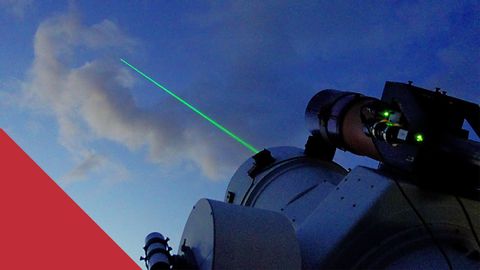天文台為什麼都建在山上?天文台上的雷射儀解密(Why this observatory fires lasers at satellites)
Jeff Chiao 發佈於 2022 年 03 月 19 日  沒有此條件下的單字
沒有此條件下的單字US /spɪˈsɪfɪk/
・
UK /spəˈsɪfɪk/
US /ˈkɑnstənt/
・
UK /'kɒnstənt/
US /ˈdʒɛnjuɪn/
・
UK /ˈdʒenjuɪn/
- n. (c./u.)條件;條款;期間;期限;學期;術語;關係;項;妊娠期;任期
- v.t.命名
